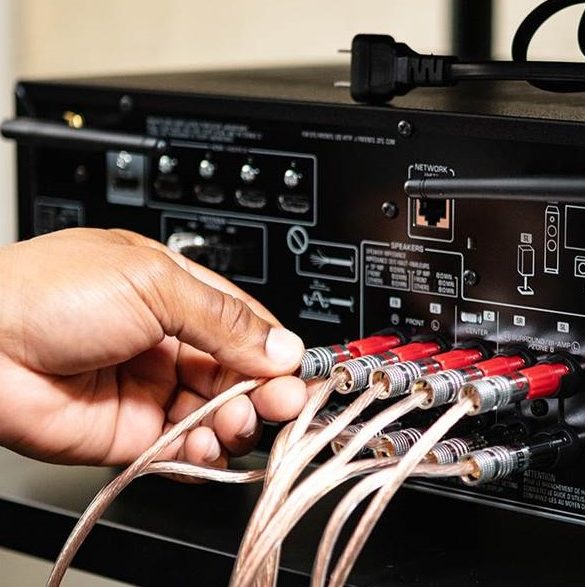
You’ve probably been searching everywhere for a list of the best sound cards for producing music. We’ve chosen the Behringer U-Phoria and the Steinberg UR22mkII as our lower budget picks for producers working with a tight budget. It’s perfect for producers working on the road!ĭon’t worry about the finer details of our top three picks because we’ll go into detail later on in this article. We’d also recommend the Steinberg UR22mkII USB Audio Interface to users working primarily with mobile devices like iPads or laptops. The Behringer U-Phoria audio interface is perfect for musicians or producers who want to build or are in the process of building their own home studio. If you’re unable to find the Focusrite Scarlett 4i4, then we’d also recommend the Behringer U-Phoria UMC404HD. The USB audio interface of Focusrite Scarlett’s newest model helps you produce excellent sound. We love this sound card because it is affordable and the ideal tool for music producers working from a home studio or in mobile studios. The Focusrite Scarlett comes with state-of-the-art mic preamps, low latency, and wonderfully built instrument inputs. This sound card is perfect for musicians and producers working remotely and who need more connectivity, which other sound cards don’t offer. Before we get into our list of the best sound cards for music production, we’d recommend that you have a look at our list of the best laptops for music production! After all, if you don’t have the right computer, producing music on your own without a studio can be challenging.Īfter researching and testing, we’ve determined that the best sound card for music is the Focusrite Scarlett 4i4. However, in 2021, music production is easier than ever, thanks to the constant evolution of technology.
#Sound siphon vs loopback software
Sound Siphon by Static Z Software can be used for hassle-free audio routing, including per-application audio capture.Several decades ago, it was impossible to try and find ways to make music outside of a studio. Loopback by Rogue Amoeba can be used for hassle-free audio routing, including per-application audio capture.
#Sound siphon vs loopback install
Download BlackHole 16ch and run the installer OR install BlackHole 16ch with Homebrew.It must be set up manually does not support per-application audio capture.
#Sound siphon vs loopback free
There are many options, including free and non-free software.īlackHole by existential audio can be used to record macOS desktop audio.

In order to capture desktop audio on older versions of macOS, you will require additional software. Note: you can combine the new macOS Screen Capture Source audio with the other methods below for advanced control over audio.Ĭapture audio on previous versions of macOS


 0 kommentar(er)
0 kommentar(er)
